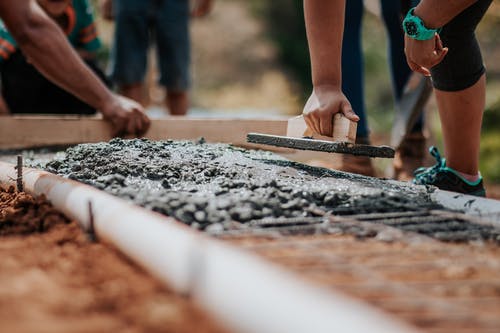Below are the benefits associated with underpinning.
Subsidiary Underpinning
The company’s value drivers are what determine whether they will increase or decrease their volume. Its price drivers can be affected by formal price optimization techniques or other efforts to alter the demand and supply. It may focus on price-sensitive customer segments, increase product differentiation, or acquire competitors. This allows the company develop a business plan to support these actions by identifying these drivers. Each one is explained in detail below.
There are many types and types of ‘tols’. The first is an ‘ennphainy’. This is a shorter period than the annual stoians. Another type of ‘tol is the subordinate underpinning. For this purpose, there are many types of ‘tol’s. However, it is important that you are aware of the differences among ‘tol’.

Jack piling
Jack piling is an alternative to traditional underpinning. This involves drilling a hole into the foundation and inserting steel/concrete needles in the wall. To support the masonry, a bearing plates is placed above each needle. The foundation is then supported by supporting cribs. Jack piling is an ideal method for clayey and waterlogged soils. This method is very effective in many situations and offers many advantages over other methods of underpinning.
The advantages of jack pile underpinning over traditional methods include their low cost and vibration free nature. Jack piles can also be adjusted to fit the subsoil conditions. Before this method is used, it is essential to check the existing foundation and make sure that it is in good condition. Piling must be attached to the foundation. Support columns with steel or concrete stools. They can last a long time once they are installed.
Helical piers
Professional engineers recommend helical Pier systems. The helical pier system screws into the soil using a helical gear motor and torque motor. The soil layer and pressure are carefully monitored. The helical pier system is ready for foundation installation if it meets all criteria. Professional engineers can also use this type of underpinning system to ensure that the foundation is strong.
The helical pier system has many benefits. They are great for repairing and building new foundations. The helical drive motor drives the pier into the soil, increasing its depth and torque to suit the application. Helical piers are capable of driving up to 150 feet into the ground. They can also be driven to the required depth or torque.
Slab piers
Stabilizing a concrete slab with settling is possible by using slab piers. These piers attach to the concrete slab’s competent soil using a bracket. Slab piers cannot be used for foundation walls or fixing foundation beams, but they can be used for stabilizing a settling concrete slab. Here are some types of slab-piers.
Piles are not as strong as their connection points, unlike piers that are usually driven into ground. A weak support structure might make it difficult for the support to be transferred fully. To prevent soil moisture levels from shifting around the slab, they must be constant. Without a foundation solid, the last pier could crack. A properly designed pier is essential for proper support. The best way to stabilize a foundation is by investing in quality design and installation.
Helical Tieback anchors
Underpinning a building requires the use of helical tieback anchors to stabilize the foundation. Walls can bow from the pressure of the soil around the foundation. Installing helical tiebacks can help to distribute the pressure evenly. Chance is an American company that specializes in underpinning. They have over 100 years experience in structural engineering and the CHANCE Helical underpinning system is a great choice to stabilize foundations.
A helical tying system includes a variety of components, including end adapters, extensions and leads. The coupler and receiver’s transition piece is the end adapters. These pieces can be attached to steel plates or whaler beams. In most cases, you only need one of the four pieces. If you have multiple bowing wall, you may need several tiebacks.
